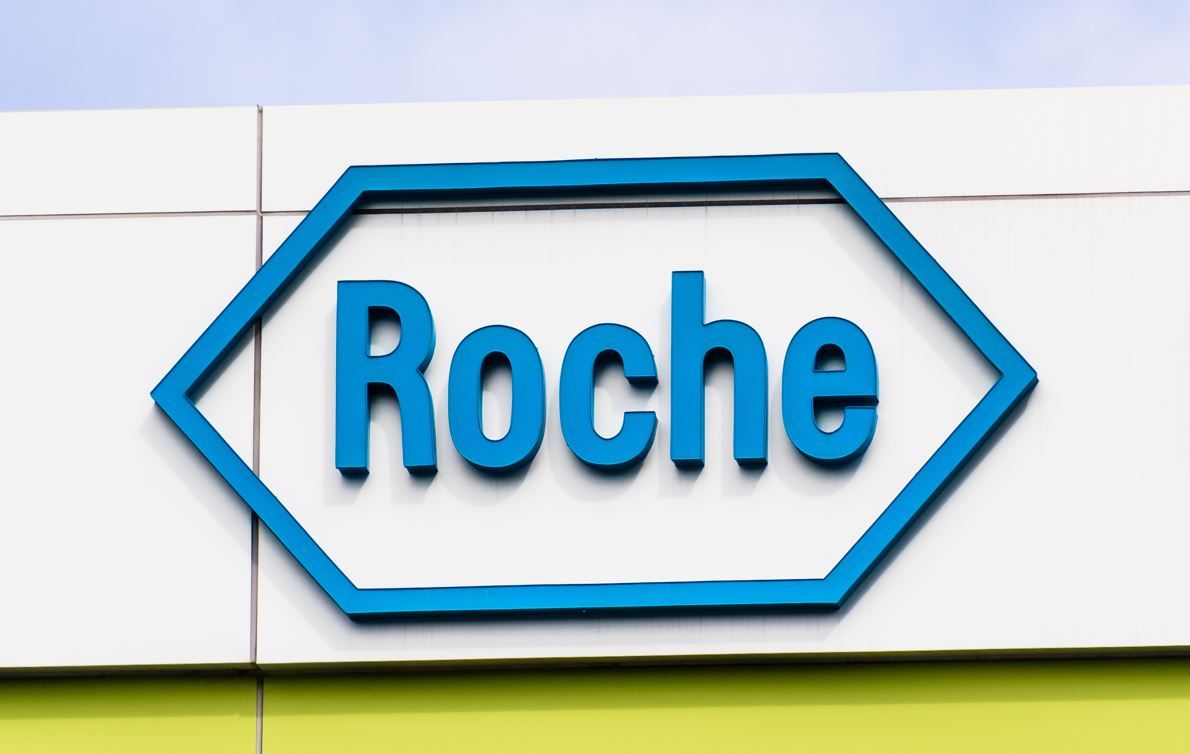- Clinical Technology
- Adult Immunization
- Hepatology
- Pediatric Immunization
- Screening
- Psychiatry
- Allergy
- Women's Health
- Cardiology
- Pediatrics
- Dermatology
- Endocrinology
- Pain Management
- Gastroenterology
- Infectious Disease
- Obesity Medicine
- Rheumatology
- Nephrology
- Neurology
- Pulmonology
Roche Oral Incretin Mimetic CT-966 Moves to Phase 2 Clinical Development
The oral GLP-1 RA was associated with weight loss of 7.3% in just 4 weeks and is designed with unique properties that will enhance multiple outcomes, Roche said.
©Sundry Photography/stock.adobe.com

A novel once-daily oral small molecule glucagon like peptide-1 receptor agonist (GLP-1 RA) from Roche demonstrated clinically meaningful mean weight loss of 7.3% after 4 weeks of treatment in study participants with obesity and without type 2 diabetes (T2D), according to a news release from the company. The placebo-adjusted reduction in weight was 6.1% (P <.001)
The pharmacokinetic data for CT-966 supports the once-daily dosing regimen for the pill and safety and tolerability of the investigational drug was consistent with the GLP-1 RA class, according to Roche.
CT-966 is in development for both T2D and obesity and specifically designed to be “a biased GLP-1 RA…with little-to-no β-arrestin recruitment," properties that are expected to enhance glycemic control, induce significant weight loss, and lead to good tolerability, the company said.
Roche plans to present the full study data at an upcoming scienfitic meeting.
"We are pleased to see the clinically meaningful weight loss in people treated with our oral GLP-1 therapy CT-996, which could eventually help patients address both chronic weight management and glycaemic control indications,” Levi Garraway, MD, PhD, Roche chief medical officer and head of global product development. “Following our data for CT-388,* this is the second positive readout in less than three months from our growing metabolic pipeline, which includes both oral and injectable options to address patients' needs across a spectrum of related diseases."
In fact, Roche anticipates that based on current study data, the unique oral GLP-1 RA CT-966 could be used as maintenance treatment after weight loss induced by injectable medications in the class.
Roche joins other notable biopharmaceutical companies with its entry into the oral incretin-based weight loss drug arena, including Structure Therapeutics with its GSBR-1290 delivering a placebo-adjusted weight loss of 6.2% after 12 weeks in a phase 2 trial; Lilly’s oral candidate orforglipiron, associated with an average weight loss of 6%-7% also across 12 weeks; Viking Therapeutics with an announcement in March of a placebo-adjusted weight reduction of 3.3% after 4 weeks of treatment with its once daily tablet VK2375; and, also in March, by Novo Nordisk’s phase 1 data for its oral dual GLP-1/amylin agonist amycretin that was associated with weight loss of 31.1% over 12 weeks.
The Roche CT-966-201 trial (NCT05814107) is a multi-part, multi-cohort Phase I randomized, double-blind, placebo-controlled, single- and multiple- ascending dose study. The 3-part trial is evaluating safety, tolerability, pharmacokinetics, and pharmacodynamics of the oral incretin mimetic in adults with overweight or obesity, with and without T2D, who are otherwise healthy:
- Part 1: single ascending dose in 40 participants with overweight or obesity (completed)
- Part 2: multiple ascending dose in 3 sequential cohorts of a total of 25 participants with obesity without T2D (completed)
- Part 3: multiple ascending dose study in 2 sequential cohorts of 30 participants with obesity and T2D (initiation planned for Q4 2024)
Of primary interest is the safety and tolerability of CT-966 while secondary endpoints to be evaluated include the drug’s pharmacokinetics and effect on body weight and glucose homeostasis. The current phase 1 results provide data sufficient to advance CT-966 into phase 2 clinical development, Roche said.
